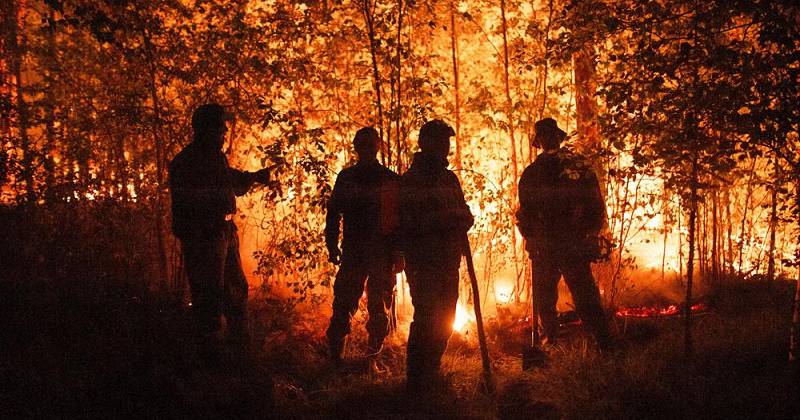
A UN assessment that was released on Wednesday revealed that a warming world and changes in land use patterns will result in more wildfires scorching broad sections of the globe in the coming decades, generating increases in hazardous smoke pollution and other problems that governments are ill prepared to tackle.
According to the United Nations Environment Program, the likelihood of catastrophic wildfires globally could increase by a third by 2050 and by more than half by the turn of the century, with the Western United States, northern Siberia, central India, and eastern Australia already seeing more blazes.
Areas long thought to be secure from catastrophic fires, such as the Arctic, would not be immune, according to the paper, which states that “a significant rise in burning is extremely expected.”
The survey indicated that wildfires are likely to grow in tropical forests in Indonesia and the southern Amazon of South America.
“Uncontrollable and devastating wildfires are becoming an expected part of the seasonal calendars in many areas of the world,” said Andrew Sullivan, one of the report’s authors from Australia’s Commonwealth Scientific and Industrial Research Organization.
The research portrays a deteriorating cycle in which climate change causes more drought and higher temperatures, making it easier for fires to start and spread, and those flames, in turn, release more climate-changing carbon into the sky when they burn through forests and peat bogs.
According to paper co-author Glynis Humphrey of the University of Cape Town, some locations, particularly portions of Africa, are witnessing fewer wildfires, in part because more land is being devoted to agriculture.
“It affects people’s work and their economic condition,” Humphrey explained. “It is critical that fire be included in disaster management alongside floods and droughts.” It is definitely necessary.”
Officials in the United States recently announced a $50 billion initiative to lessen fire dangers over the next decade by intensively clearing trees near “hot zones” where nature and neighbourhoods collide. According to officials in President Joe Biden’s administration, only a portion of that work has received funding so far – approximately $3 billion over five years under the newly signed federal infrastructure package.
Critics of the administration’s plan argue it continues to place too much focus on suppressing some fires, which can be good for clearing out underbrush when the flames are tiny and do not threaten homes.
The United Nations experts also recommended for more awareness of the dangers of inhaling wildfire smoke, which can harm tens of millions of people each year when plumes from big wildfires travel thousands of kilometres over international boundaries.

Post Your Comments